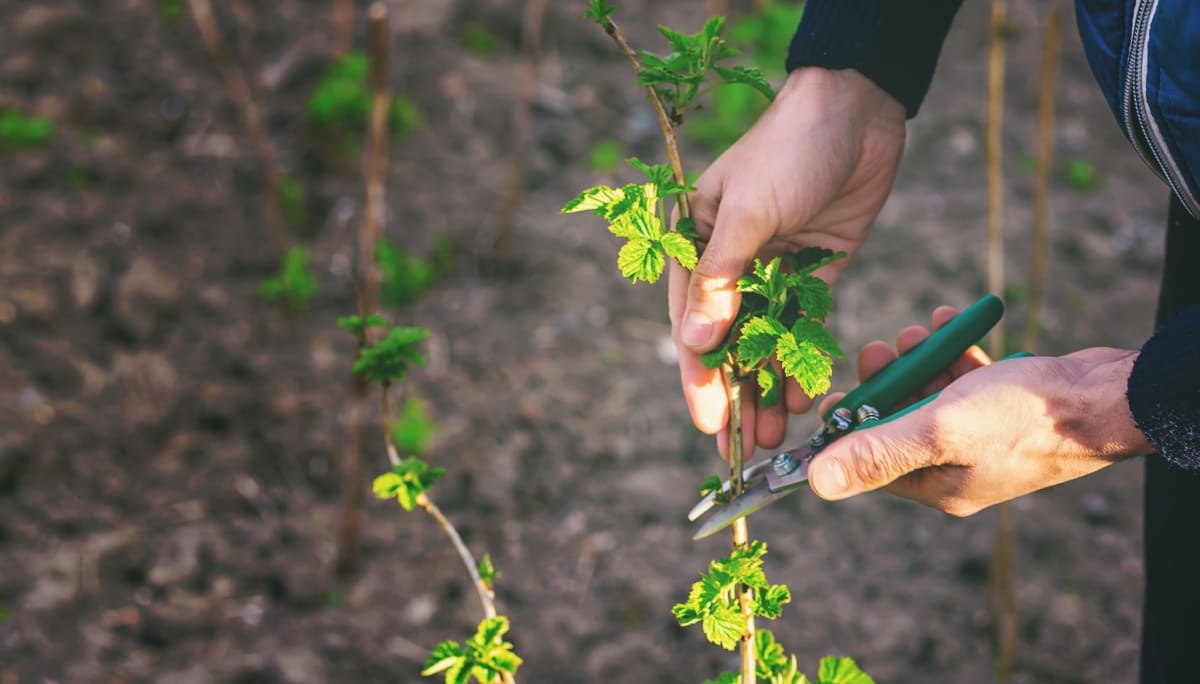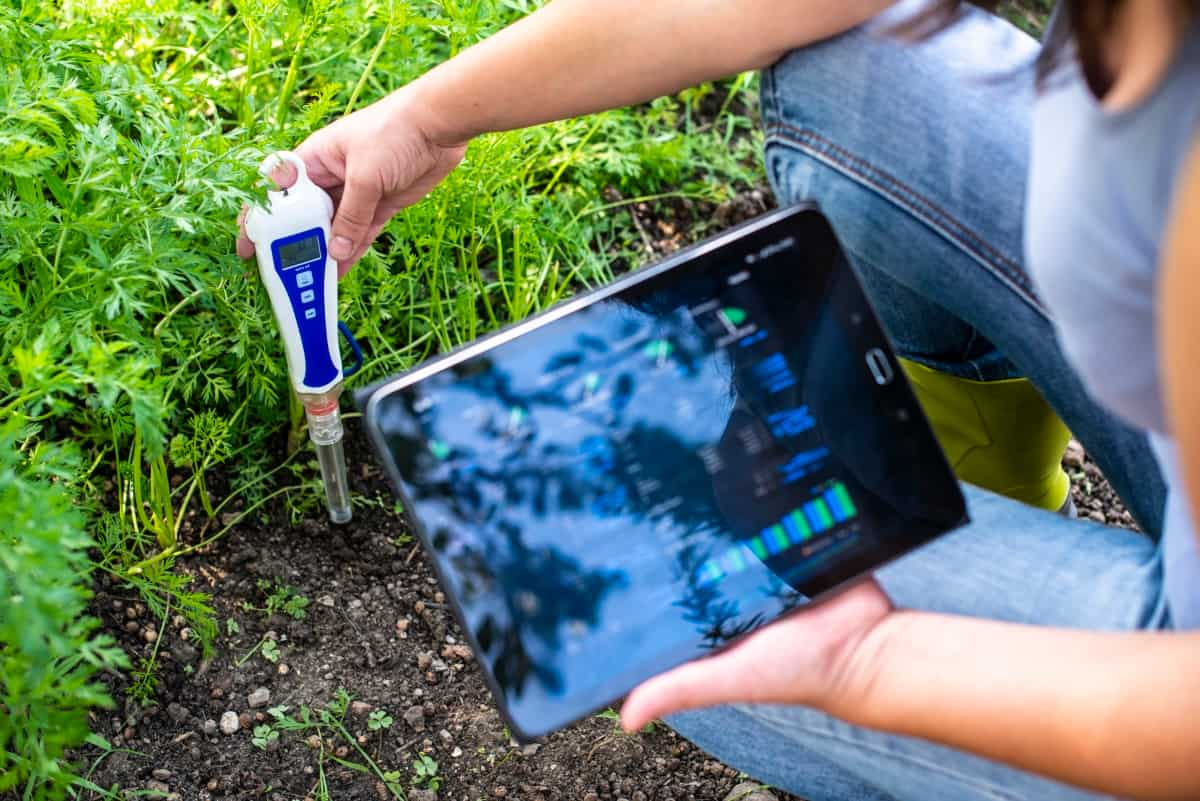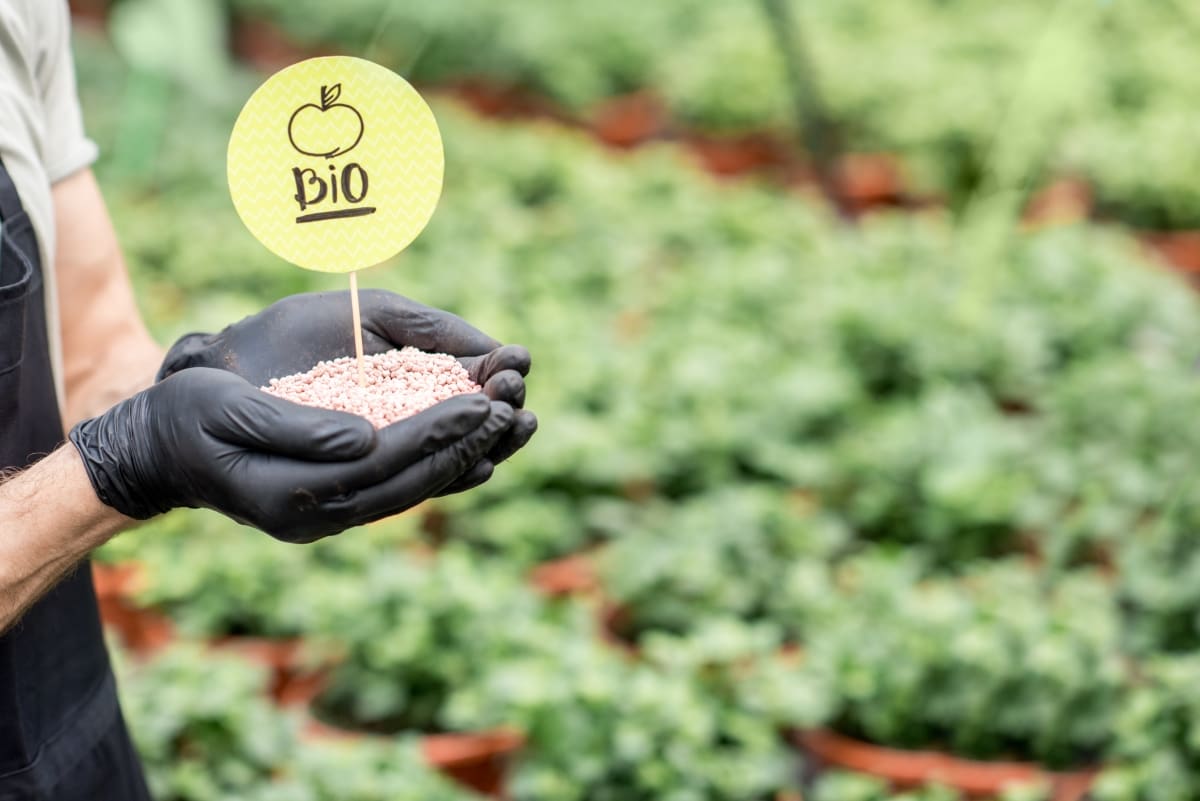In the quest for healthier, more robust plants, many gardeners seek natural methods to boost growth without resorting to synthetic chemicals. Fortunately, nature provides an array of solutions to encourage plant vitality. By harnessing the power of organic materials, beneficial microbes, and strategic gardening techniques, you can foster optimal growth and resilience in your garden. In this article, we’ll explore various natural approaches to promoting plant growth.
How to Boost Plant Growth Naturally
Use Organic Compost and Mulch
Compost and mulch serve as natural fertilizers for plants to boost plant growth. Compost, rich in nutrients and organic matter, serves as a powerhouse for soil health. It enhances soil structure, promotes beneficial microbial activity, and provides a steady release of nutrients vital for plant growth by natural soil enrichment.

Mulch serves as a protective barrier, conserving moisture, regulating soil temperature, and suppressing weed growth. Made from organic materials like straw, fallen leaves, or grass clippings, mulch gradually breaks down, enriching the soil with nutrients and further enhancing its fertility.
Ensure Proper Watering
It’s essential to strike a balance, ensuring plants receive adequate moisture without risking waterlogged soil. Water deeply and infrequently and allow the soil to dry slightly between waterings to encourage robust root development. Consider the specific requirements of plant species, as different varieties may have varying water requirements.
Utilize watering techniques like drip irrigation or soaker hoses to directly deliver the water to the root zone, minimizing evaporation and runoff. Monitor soil moisture levels regularly, adjusting watering frequency and duration according to environmental conditions and seasonal changes.
Plant in the Right Location
Assess factors such as sunlight exposure, soil type, and moisture levels to select an ideal spot for each plant species. Choose locations where plants receive the appropriate amount of sunlight according to their specific requirements, whether partial shade, full sun, or shade. Ensure soil conditions are suitable, considering factors like drainage and fertility. Also, take into account microclimates within your garden, such as areas sheltered from wind or prone to frost. By planting strategically, you create an environment where plants can thrive, maximizing their potential for vigorous growth and productivity.
Natural Pest Control
Natural pest control methods offer effective and eco-friendly alternatives to chemical pesticides. Organic pest control methods involve encouraging biodiversity by planting a diverse range of plants to attract beneficial insects that prey on pests like lacewings, ladybugs, and parasitic wasps.
Employ companion planting techniques, where certain plant combinations repel pests or attract beneficial insects. Use physical barriers like row covers or netting to protect plants from pests. Implement cultural practices like crop rotation and proper sanitation to disrupt pest life cycles and reduce their populations.
Regular Pruning
You prevent the spread of pathogens and encourage new growth by removing dead, damaged, or diseased branches. Pruning also shapes plants, improving their aesthetic appeal and structural integrity. It stimulates flower and fruit production by redirecting energy to active growth points.
In case you missed it: How to Increase Papaya Size: Optimization for Large Papaya Fruit Growth

Also, pruning helps control the size of plants, preventing overcrowding and ensuring proper air circulation and sunlight penetration. Timing is crucial; prune during the dormant season for most deciduous plants to minimize stress and maximize regrowth potential. However, some plants may benefit from selective pruning throughout the growing season.
Soil pH and Nutrients Testing
Soil pH affects nutrient availability; it’s crucial to maintain the appropriate pH range for the plants you’re cultivating. Test soil pH regularly using a simple soil test kit or send samples to a local agricultural extension service for analysis. Adjust pH levels as needed with organic amendments like lime or sulfur. Also, assess soil nutrient levels to determine deficiencies or excesses that may impact plant health. Based on test results, supplement soil with organic fertilizers or amendments tailored to your plant’s specific requirements.
In case you missed it: How to Increase Peach Fruit Size: Exploring Peach Fruit Growth Optimization

Companion Planting
By selecting plants that benefit each other when grown in close proximity, you can create a more resilient and productive garden ecosystem. Companion planting benefits include natural pest control by repelling harmful insects or attracting beneficial predators. They can improve soil fertility by fixing nitrogen or providing ground cover to suppress weeds.
Some companion plants enhance pollination or provide structural support for climbing varieties. By leveraging the synergistic relationships between different plant species, companion planting fosters biodiversity and creates a balanced, harmonious environment conducive to enhance garden health naturally and abundant harvests.
Use Organic Fertilizers
Organic fertilizers, as one of the organic gardening techniques, offer a sustainable and eco-friendly approach to nourishing plants while enriching soil health. Extracted from natural sources such as compost, manure, bone meal, or seaweed, these fertilizers provide a balanced array of nutrients essential for plant growth.
In case you missed it: How to Grow New Zealand Spinach in Your Garden: Step-By-Step Guide to Planting to Harvest

Unlike synthetic fertilizers, organic options release nutrients slowly and over time, promoting steady growth and reducing the risk of nutrient leaching or soil degradation. Organic fertilizers also improve soil structure, water retention, and microbial activity, fostering a fertile and resilient growing medium. They also support long-term sustainability by reducing reliance on finite resources and minimizing environmental impacts.
Encourage Pollinators
Encouraging pollinators such as bees, butterflies, and birds is crucial for ensuring successful pollination and abundant harvests in your garden. To attract these vital pollinators, plant a diverse array of flowering plants with different shapes, colors, and blooming times to provide a continuous food source throughout the growing season. Include native plants known to attract local pollinators and avoid pesticides that may harm them. Create habitat features like water sources, nesting sites, and sheltered areas to support pollinator populations year-round.
Aerate Your Soil
Aerating your soil is one of the eco-friendly gardening practices that enhances soil structure, improves drainage, and promotes root growth. Compacted soil restricts the movement of air, nutrients, and water, hindering plant health. Aerating breaks up compacted soil, allowing air, water, and nutrients to reach the root zone.
This promotes healthier root development and increases the availability of essential resources for plant growth. Use aeration tools such as a garden fork or mechanical aerator to perforate the soil surface, creating channels for improved air circulation and water infiltration. Regular soil aeration, especially in heavy clay or high-traffic areas, revitalizes the soil, fostering a more conducive environment for robust plant growth and overall garden vitality.
Proper Spacing
Proper spacing is crucial for optimizing plant growth, ensuring adequate access to light, nutrients, and water, and preventing overcrowding that can lead to competition and disease. When planting, follow spacing recommendations provided on seed packets or plant labels, taking into account the mature size of each plant species.
Leave enough space between plants to accommodate their growth, allowing for proper air circulation and minimizing shading. Overcrowding leads to stunted growth, increased susceptibility to pests and diseases, and reduced yields. By adhering to recommended spacing guidelines, you create an environment where plants can thrive, maximizing their potential for healthy development and productivity.
Seasonal Care
Seasonal care is vital for maintaining a healthy and productive garden year-round. In spring, focus on tasks like soil preparation, planting, and fertilizing to kickstart growth. Summer requires regular watering, weeding, and pest management to support plants during their peak growing season. Fall is a time for harvesting, cleaning up garden debris, and planting cool-season crops.
Winter calls for protecting tender plants from frost and providing winter mulch for insulation. Additionally, each season offers opportunities for tasks like pruning, composting, and soil testing to promote overall garden health. By adapting your sustainable plant care routine to the changing seasons, you can nurture your garden effectively and ensure consistent success throughout the year.
Conclusion
Boost plant growth naturally involves a holistic approach that considers soil health, environmental factors, and sustainable practices. By incorporating techniques, you can foster robust plant growth while minimizing environmental impact. Embracing these natural methods not only promotes healthier plants but also contributes to a more resilient and harmonious garden ecosystem.
- Feed Your Flock for Less: Top 10 Tips to Save on Chicken Feed
- Ultimate Guide to Ossabaw Island Hog: Breeding, Raising, Diet, and Care
- Hatching Answers: The Top 10 Reasons Your Chickens Aren’t Laying Eggs
- Eggs and Economics: Breaking Down the Cost of Raising Backyard Chickens
- Defend Your Greens: Proven Methods to Keep Iguanas Out of Your Garden
- Ultimate Guide to Cinnamon Queen Chicken: A Comprehensive Guide for Beginners
- Ultimate Guide to California Tan Chicken: Breeding, Raising, Diet, Egg-Production and Care
- Ultimate Guide to Marsh Daisy Chicken: Breeding, Raising, Diet, and Care
- 10 Types of Chicken Farming Businesses You Can Start for Profits